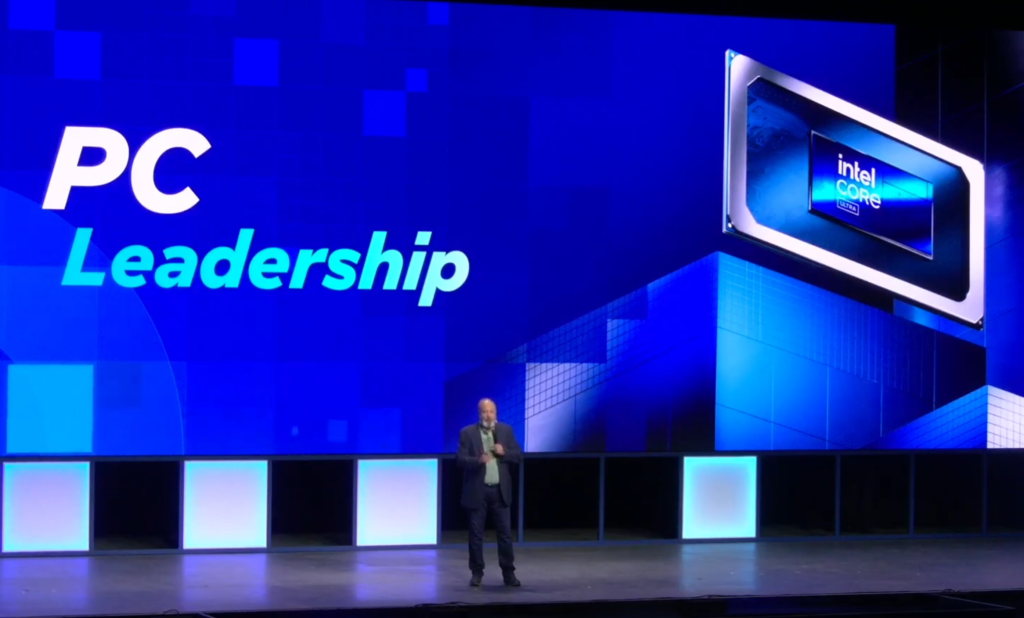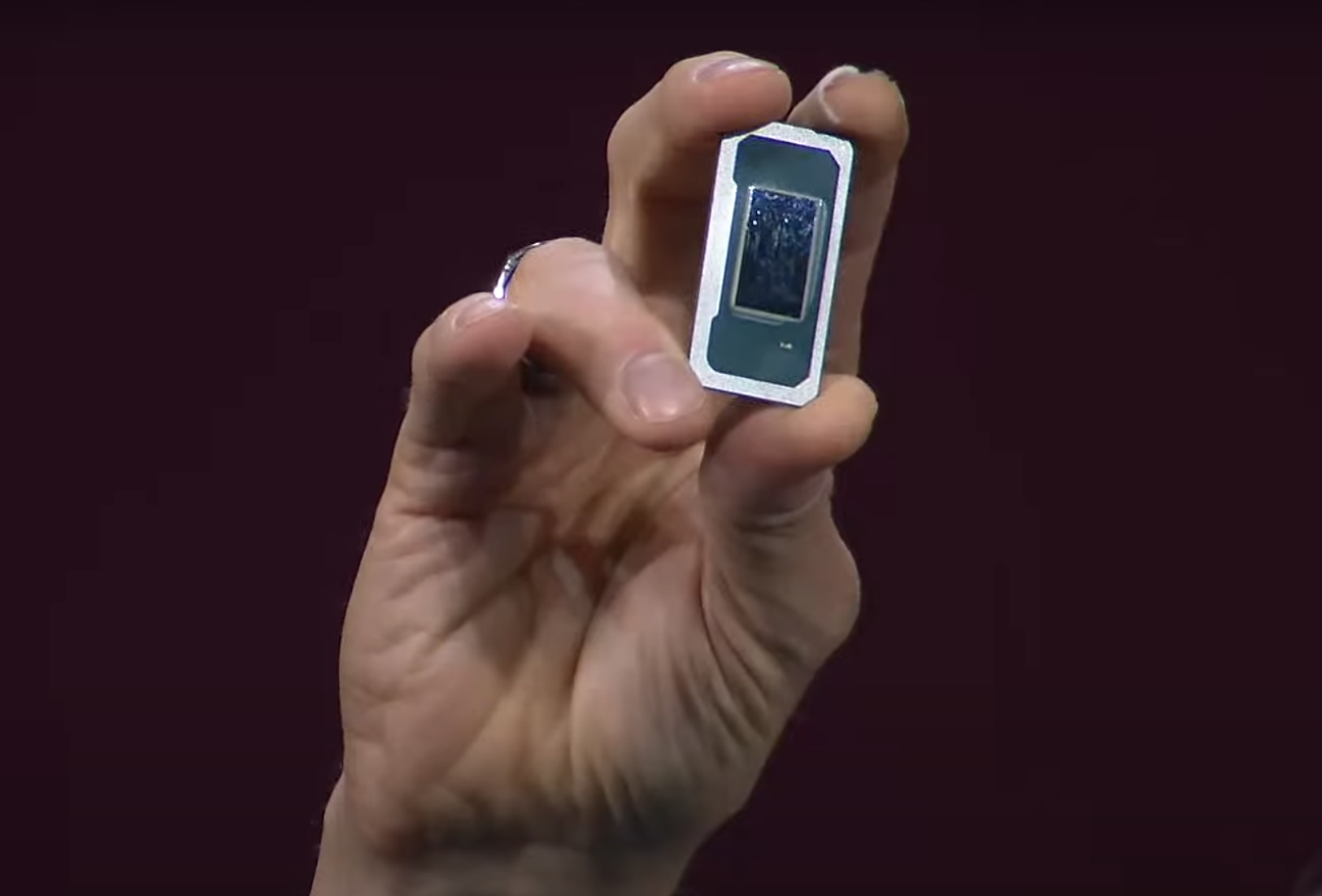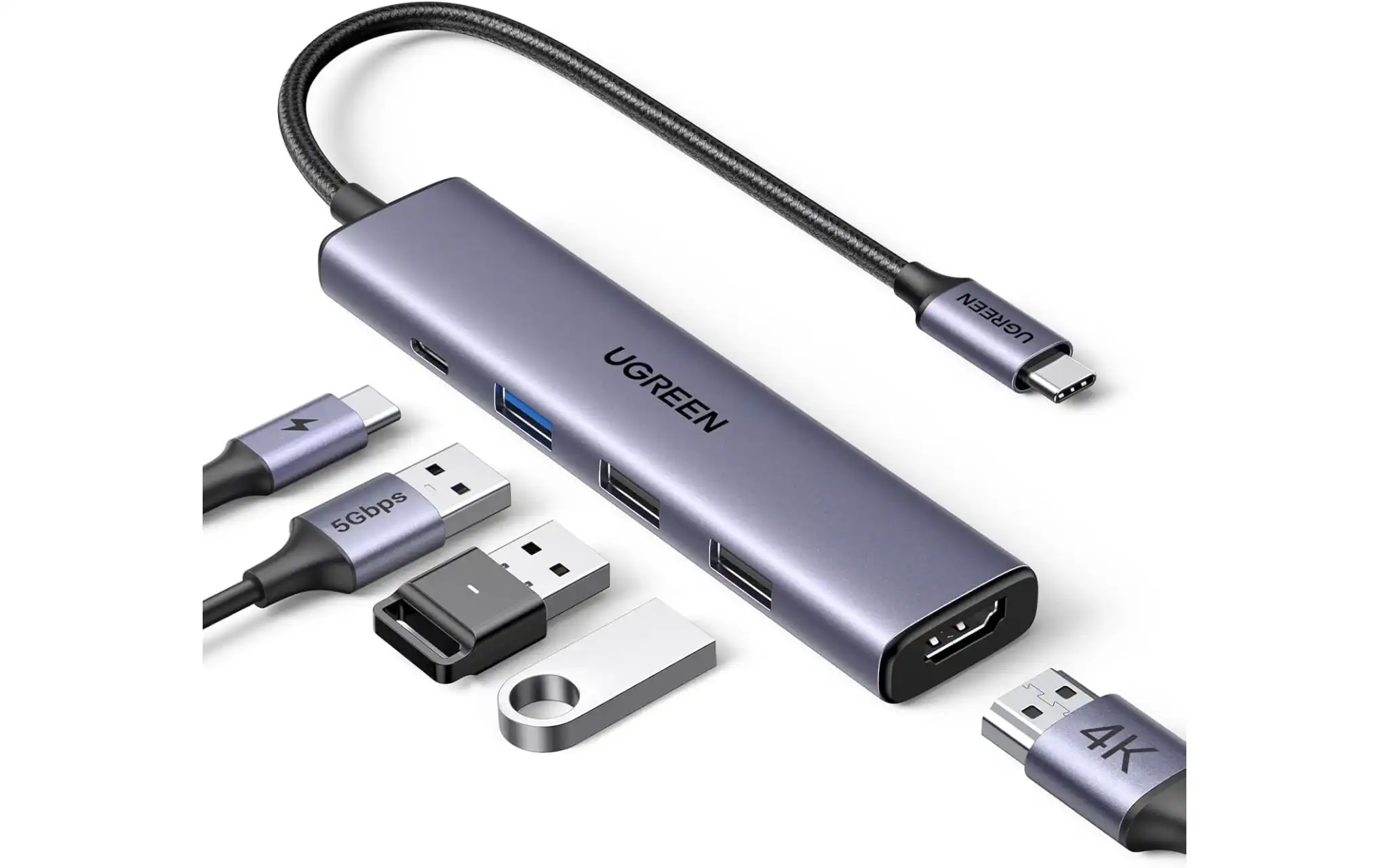
Intel Bets Big on Panther Lake and 18A to Reclaim the AI PC Throne
At the Intel Vision conference in Las Vegas, Intel executives emphasized that the upcoming Panther Lake processor will be a defining moment for the company, combining the power efficiency of Lunar Lake, the performance of Arrow Lake, and the advanced manufacturing capabilities of its next-gen 18A process node. This hybrid approach is designed to put Intel back in contention in the race for dominance in both AI PCs and cutting-edge process technology.
According to Jim Johnson, senior VP of Intel’s Client Computing Group, Panther Lake is already in risk production, which marks the final phase of development before volume manufacturing begins. This also signals that Intel is nearing the end of a multi-year push to regain manufacturing leadership after falling behind competitors like TSMC. Former CEO Pat Gelsinger’s ambitious “five nodes in four years” strategy culminates with 18A, and its success could form a cornerstone of his legacy even after stepping down. Panther Lake is set for launch later this year, and it will be the first commercial product built using the 18A process.
Panther Lake also aligns with Intel’s broader push into AI-powered PCs. Johnson stated that Intel’s roadmap is “the most innovative we’ve ever had,” while reiterating Intel’s belief that AI innovation starts with great PC architecture. To support that strategy, Intel introduced an AI Playground app, which integrates both AI-generated art and a local LLM chatbot into a single consumer-friendly interface. The company also announced an AI showcase hub, aimed at highlighting applications optimized for Intel’s platforms, further underlining its commitment to growing the client AI ecosystem.
Looking ahead, Nova Lake is on the horizon as Panther Lake’s successor, expected to arrive in 2026, according to Intel’s new CEO Lip-Bu Tan. Tan’s leadership has signaled a fresh direction for the company, calling for “brutal honesty” and a return to technical excellence. These chips—Panther Lake and Nova Lake—will be central to his vision of revitalizing Intel’s position across client computing and AI-driven workflows.
Meanwhile, Michelle Johnston Holthaus, who now leads Intel’s product division after briefly serving as co-CEO, laid out Intel’s top three product priorities for 2025, and AI dominates the agenda. Her team aims to lead in AI PCs, strengthen data center offerings, and build end-to-end AI solutions spanning software and hardware. With competitors ramping up their own AI platforms, Intel’s next year will be defined by whether it can deliver Panther Lake on time, scale 18A production successfully, and show real software leadership in the AI space.




